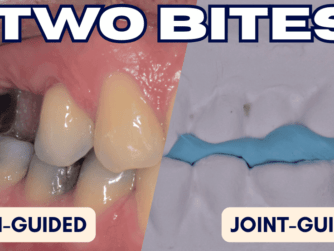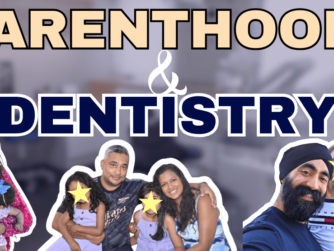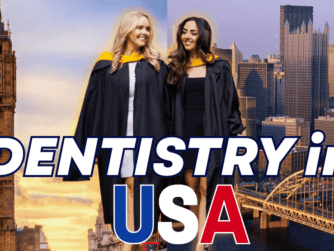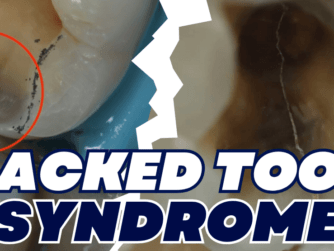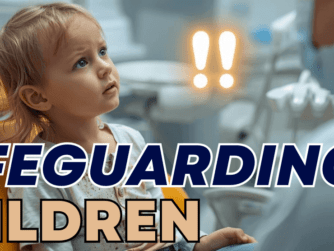Podcast: Play in new window | Download ()
Subscribe: RSS
The best articulator is the patient’s TMJ, but you knew that already, right? As a dental student I was always confused by Facebows in Dentistry and their role. Lots of clinicians I respect used facebows….but many others do not! What role do Facebows play in relation to Articulators? How can we make sure that articulators mimic the human articulation as accurately as possible? I am joined by Dr Salman Pirmohamed to end our confusion with Facebows!
Protrusive Dental Pearl: If you’re planning to increase the occluso-vertical dimension (perhaps for multiple restorations or an occlusal appliance) and you know the final vertical dimension, try recording your Centric relation record (or whichever bite religion you follow) AT that desired vertical dimension and NOT at the ‘first point of contact’. This is because traditionally when we send the technician a first point of contact bite, they will open up the pin to give you the space that you need for the restorations and optimal aesthetics. The problem with this is that it introduces an error because the arc closure/opening of the patient is likely going to be different (even with the best Facebow in the world) to the arc on the articulator. Therefore, reduce that error by doing your bite registration, not at the first point of contact, but doing it at where you want to finish. Read that again!
In this episode we discussed:
- Implant cases in MClindent in prosthodontics at Eastman 8:32
- Microbrush Technique (Stickbite) 12:24
- The ‘Putty Bite’ technique 16:05
- When to use the ‘Putty Bite’ technique? 18:29
- What is the role of a Facebow? 20:52
- Benefits of a Facebow registration 23:41
- Communicating to the technician in terms of using an average Value Articulator 25:23
- Making Facebows a part of your Clinical Practice 31:02
- Kois DentoFacial Analyzer 36:40
- Guidelines for using a Facebow 38:34
Check out this papers as mentioned by Dr Salaman on the Podcast!
If you liked this episode, you might enjoy A Story of Digital Occlusion with Dr Ian Buckle


